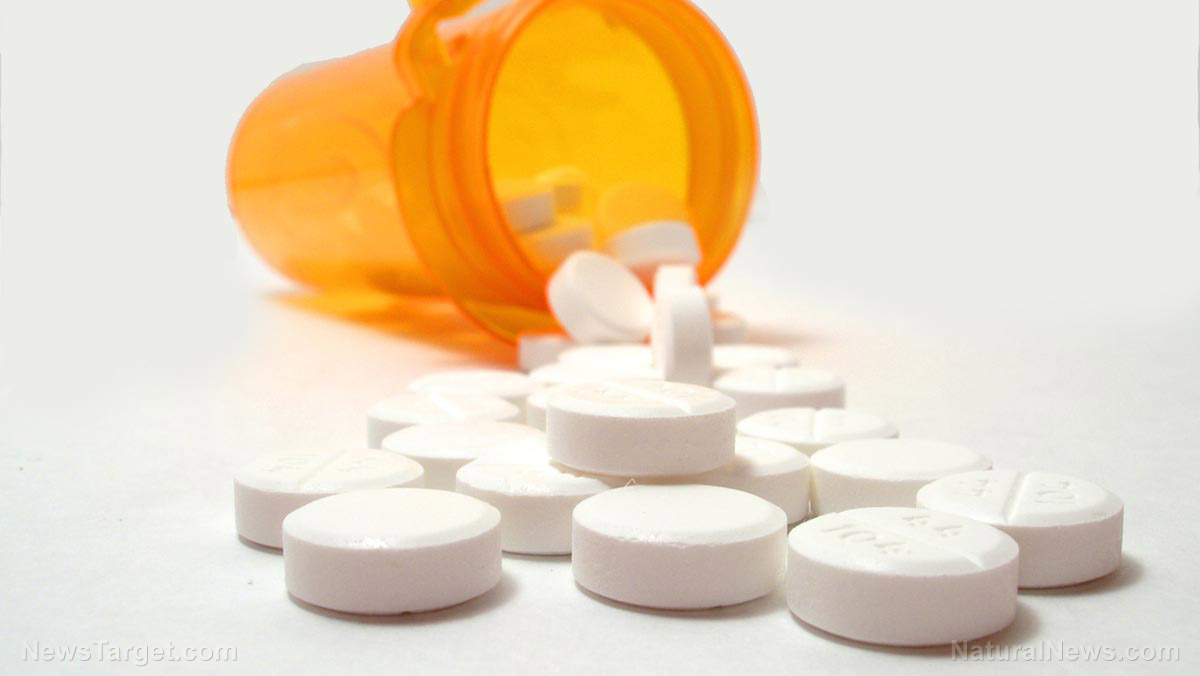
This happens because drug compounds can exist in a left-handed or right-handed form, not unlike your left and right hands. The two forms, known as enantiomers, have identical chemical compositions but their structures are non-superimposable mirror images of each other. This means that even though they have the same structure, you can’t perfectly fit them on top of each other, much like how you can’t line your hands up perfectly on top of one another with both of your palms facing up.
Drugs may contain the left-hand and right-hand versions of compounds, but just one enantiomer causes the medication’s desired effect, while the other can be inactive, less active, or even lead to undesirable effects.
This problem got a lot of attention back in the late 1950s and early 1960s in the wake of the thalidomide controversy. This sedative was sold around the world in the years from 1957 to 1961 before being withdrawn for causing birth defects. It turned out that while one enantiomer was bringing about the desired sedation, the other was causing birth defects and could not be avoided. Since then, pharmaceutical companies have aimed to create drugs that just contain one enantiomer.
Unfortunately, this is not foolproof, as even a single enantiomer can quickly flip over into a mirror image of itself as it enters a person’s body in a process known as racemization. This happens as the drug interacts with the basic compounds that are present in the water in a person’s body, and this is something that can vary greatly from person to person. As you can see, predicting with confidence that a medication won’t be harmful to the public is pretty difficult under those conditions!
In a study, researchers from Cardiff University set up experiments stimulating the chemical conditions found in the human body and then introduced different drugs into the system. They tracked the rate that the drugs went through racemization and used the results to come up with a mathematical model to predict any drug compound’s racemization rate, which gives a far better idea of how safe and effective a particular drug might be.
“Safer” drugs still not 100 percent safe
The researchers believe that their model will help drug makers manufacturer safer drugs by enabling them to identify medications that will be unsuccessful in the development stage so they can focus their efforts on other compounds that have a higher likelihood of being successful instead. It’s the first time that scientists have come up with a quantitative risk assessment tool for the racemization process, and it can be used to go through databases of pharmaceutical drugs quickly and effectively.
Of course, this doesn’t mean that all the drugs that hit the market in the future will be inherently safer. There are still a lot flaws in the testing processes that drug companies use as well as the FDA approval procedures, which means that health-conscious individuals who want to avoid risks should continue to seek out natural alternatives. However, it is good news that researchers are taking concerns about dangerous medications to heart and trying to find ways to make drugs safer. It’s also a good reminder that even drugs that have been deemed “safe” can act in unpredictable ways depending on the individual’s body chemistry.
Sources include:
Please contact us for more information.






















